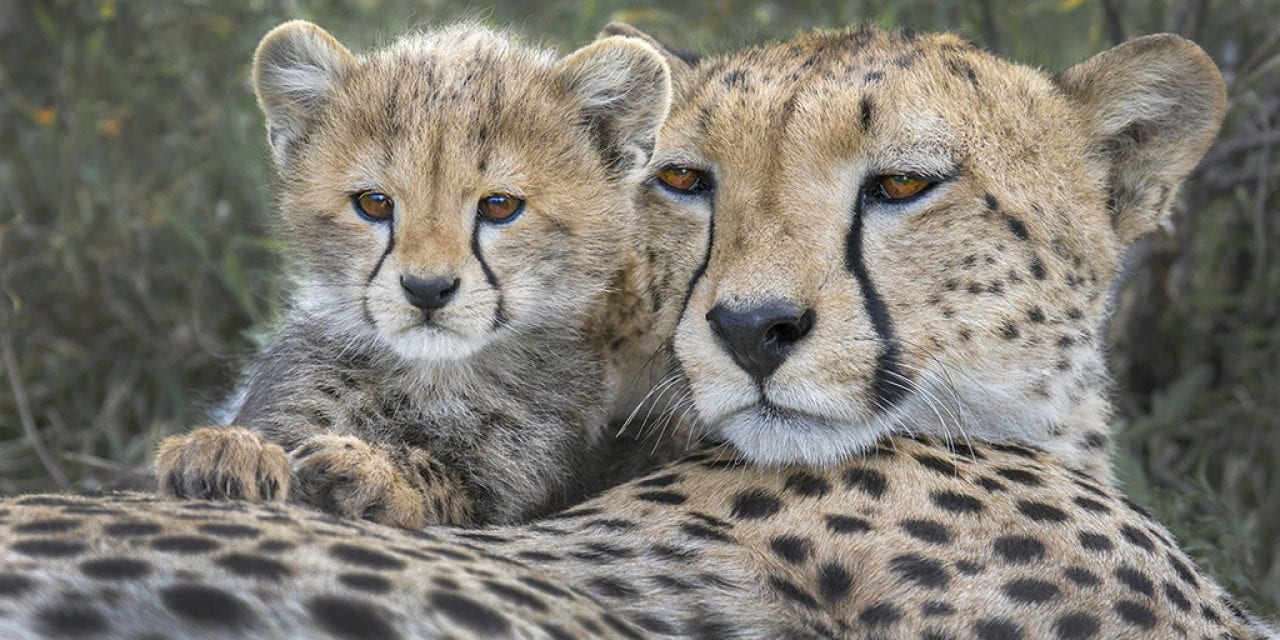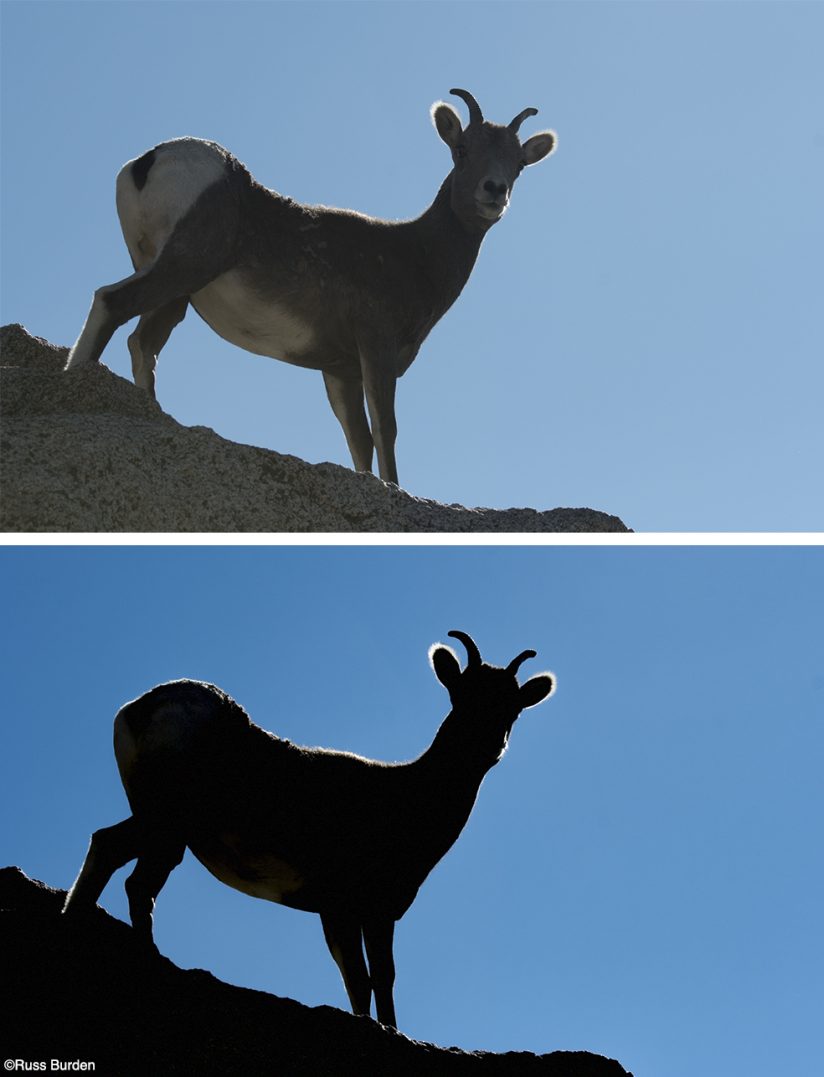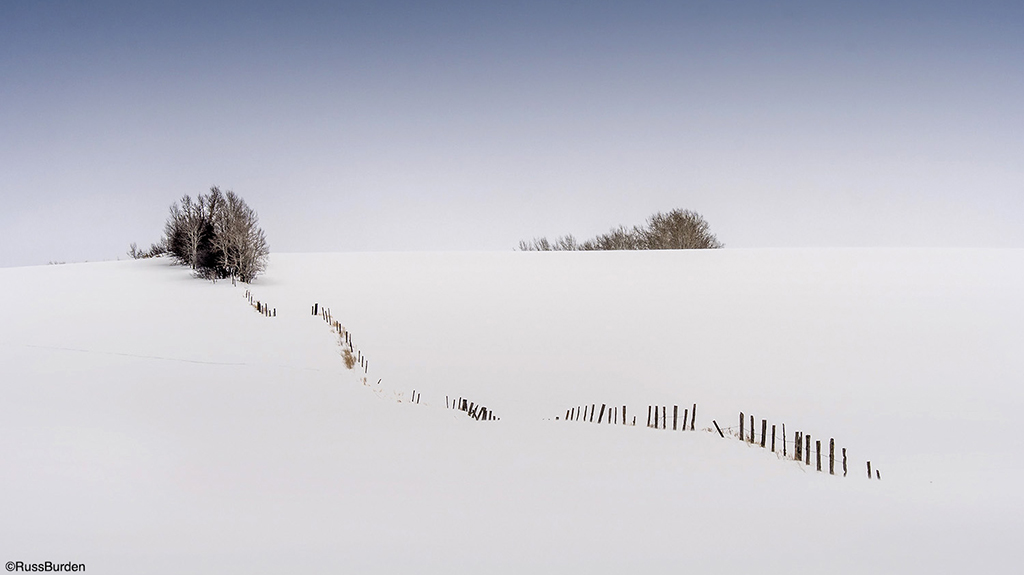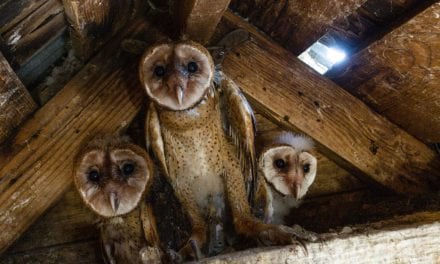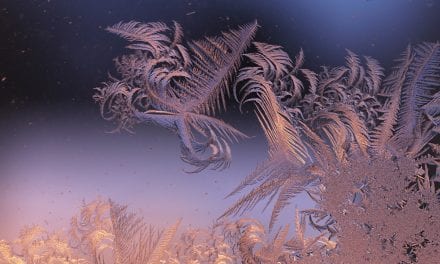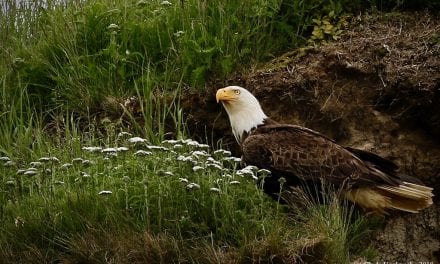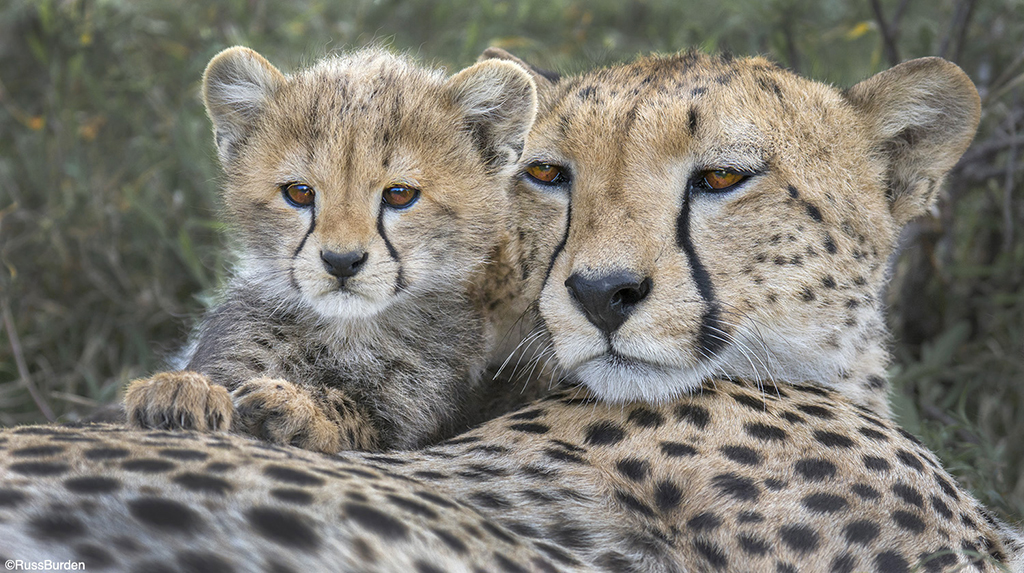
A RAW file doesn’t lie. All colors are captured and embedded in the image. While they can be tweaked regarding hue, saturation and luminance, it is what it is. The exposure is written in ones and zeroes. While highlights, mid-tones and shadows can be adjusted, if whites are void of detail or if shadows are blocked up, there’s no recovery. The composition is fixed. While it can be cropped to reduce clutter, if you cut off part of an animal’s tail or nose, the parts are gone. The aperture that was used to create the inherent depth of field is unalterable. While focus stacking is in vogue, each given building block of the stack is fixed. If you didn’t create the depth of field you want, you’re locked in. Finally, your “focus is fixed.” I inserted words in quotes as I want to address both the literal and figurative aspects of their meaning. Literally, if you missed the focus, the image is a throwaway. It’s soft and can’t be enlarged. Figuratively, I bring attention to the creative aspect so you can capture better images, garner ones that go beyond the icons and get you to think outside the box. Hence the subject of this week’s tip: Seeing Is Believing.
Previsualization
With every press of the shutter, I envision how I intend to post-process a RAW file so I see the end result as I hear the shutter release. Ansel Adams introduced this concept of previsualization into photography. He carefully analyzed every scene and made the exposure relative to how he’d develop his large format negative. In essence, he controlled the contrast. I can only imagine the fun he’d have with digital photography!
Previsualization is where the photographer sees the final outcome prior to capture. Ansel Adams devoted the beginning of one of his books to previsualization. His words: “Visualization is the single most important factor in photography.” The figurative aspect of “fixed focus” I cite here is don’t overlook pressing the shutter knowing what can be done in the digital darkroom.
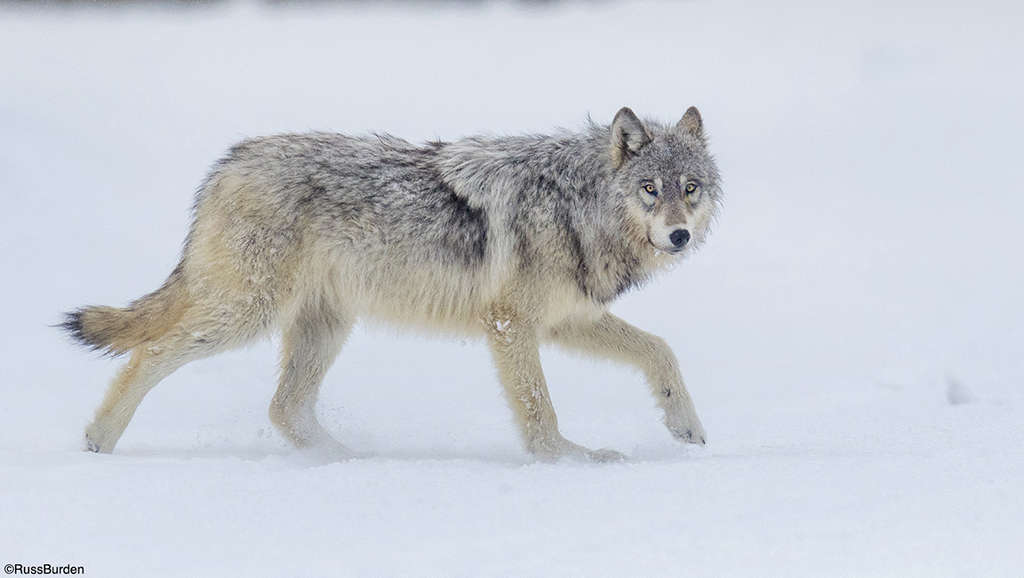
Subject Connection
Subject connection with you as the photographer and subsequently between the viewer of the photo and the subject is critical. The same way you feel a disconnect when you converse with someone and they don’t make eye contact, the same psychological phenomena exists when a subject doesn’t ally itself with you. Be patient and wait for the moment it gazes straight into the camera. Work with the animal by following it and click the shutter when it glances your way. If nothing works, it wasn’t meant to be. The figurative aspect of “fixed focus” I cite here is be sure to wait for a key moment when the eyes of your subject are expressive and relate to the viewer.
Get Low
The expression, “don’t look down on me,” infers everyone is equal and should be bestowed equal status. So, what does this have to do with this week’s photo tip, you ask? Think about how many photos of small animals you’ve made where you’re fully upright and they are 5 to 6 feet below you. Literally, you’re looking down on them. Regarding the outcome of the photo, you automatically reduce the subject’s importance. The viewer, therefore, sees it as less significant. Get down on its level and go eye to eye. The connection is stronger and the animal takes on significance. Getting down on the same level as an animal has another huge benefit. In that the background will be significantly farther away, it may become an out of focus wash of color. This in turn allows the subject to stand out more which in turn raises its status.
The figurative aspect of “fixed focus” I cite here is treat every subject as if it’s the last one on the planet. Bequeath that importance to them.
Minimize
I love simplicity. I’m often heard saying, “It’s NOT what you include, it’s what you exclude.” If there are distracting elements, crop them out or move from where you stand before pressing the shutter. If bright or dark spots attract the eye and pull the viewer from the subject, shoot from a different angle. The simpler the photo, the easier it is for the viewer to comprehend why you made the image. Minimize your composition and simplify what you present. Sometimes the light will dictate what to incorporate. Sometimes the environment will. Sometimes it’s the subject itself. Whatever the condition, learn to exclude what’s extraneous. The figurative aspect of “fixed focus” I cite here is when the situation arises dictated by light, surroundings and subject matter, reduce, downplay and lessen what’s not important.
Visit www.russburdenphotography.com for information about his nature photography tours and safari to Tanzania.
The post Seeing Is Believing appeared first on Outdoor Photographer.

